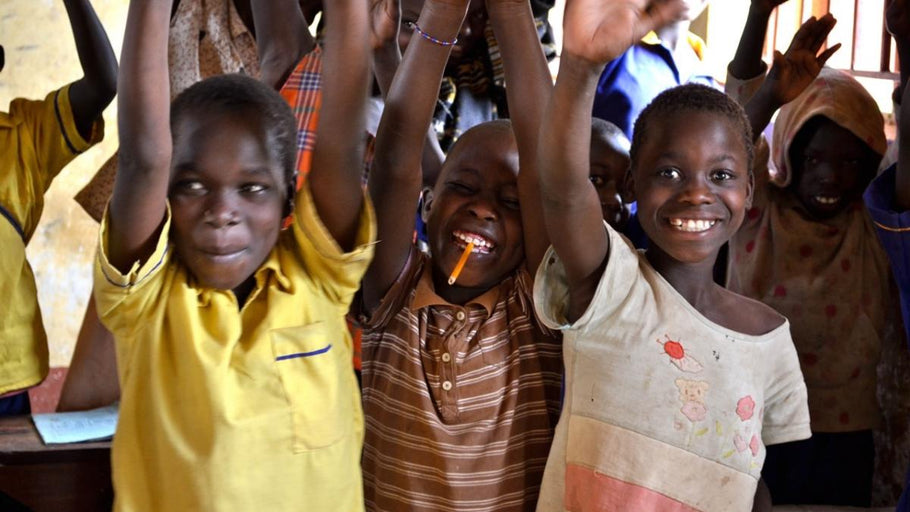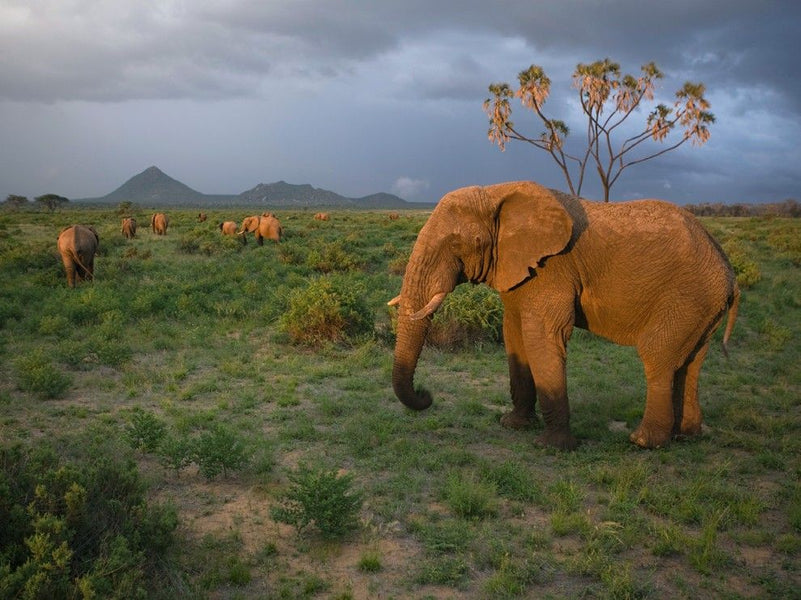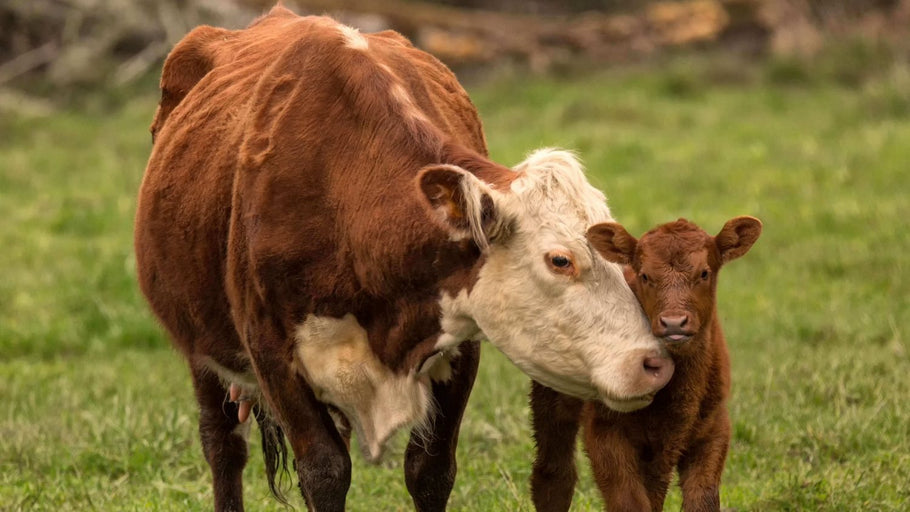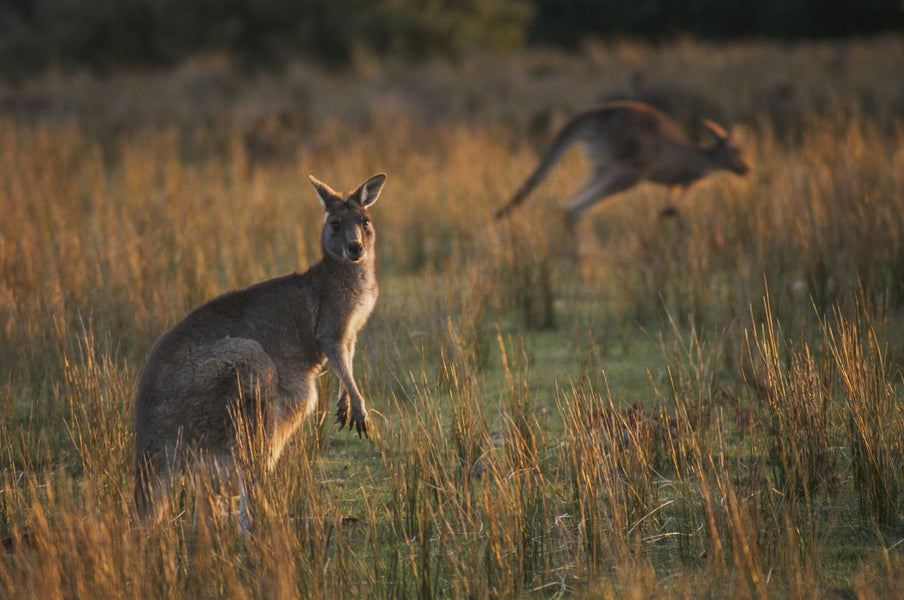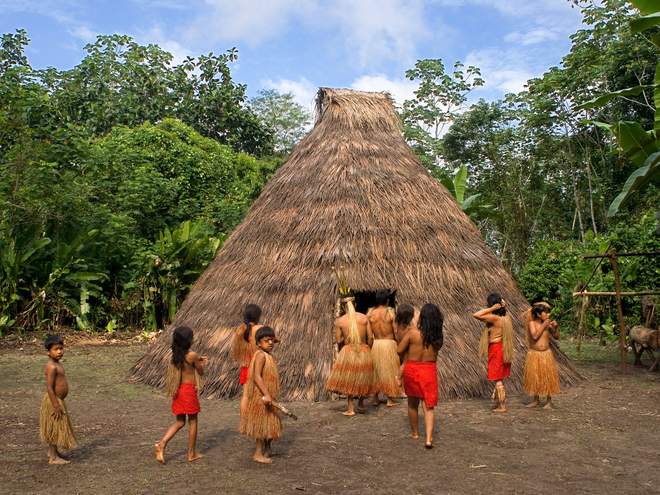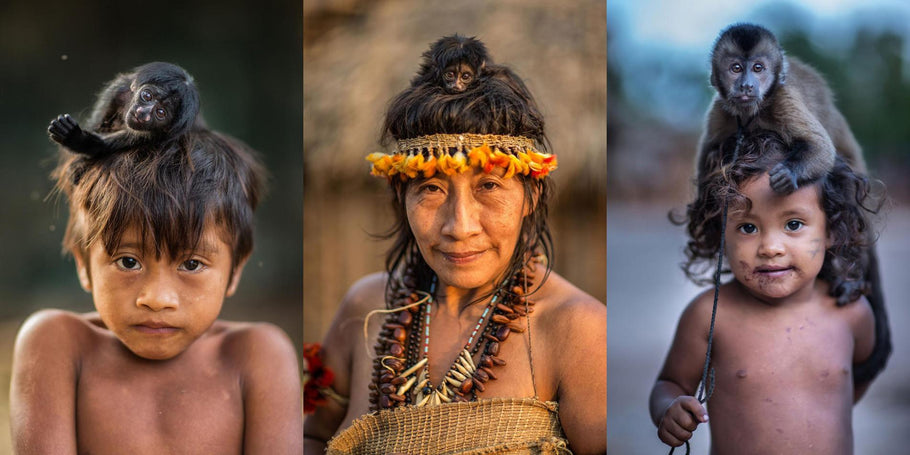Journal
Uganda is Turning Its Children into Wildlife Protectors
Uganda is educating its school children on the importance of conservation and protecting the nation’s endangered animals.
As part of an attempt by the Government to provide public guidance on wildlife protection, alongside normal curriculum subjects like maths and English, Uganda’s school children also learn about conservation education.
Students are taught about the country’s threatened species in the classroom – through educational books and board games – and through trips to wildlife education centers.
As part of an attempt by the Government to provide public guidance on wildlife protection, alongside normal curriculum subjects like maths and English, Uganda’s school children also learn about conservation education.
Students are taught about the country’s threatened species in the classroom – through educational books and board games – and through trips to wildlife education centers.
Kenya Replaced Presidents on Its Currency with Pictures of Endangered Animals
Kenya has unveiled new currency with native wildlife inscriptions, replacing images of former presidents. The nation’s wildlife and national parks are not only a source of great pride for Kenyans, they’re also a vital part of the country’s economy, bringing in crowds of tourists every year.
60% Of All Mammals On Earth Are Livestock, Says New Study
Since civilization was established, the human race has caused the loss of 83 percent of all wild animals and 50 percent of all plants. Simultaneously, livestock farmed for human consumption represents a large portion of animals on Earth, meaning the natural harmonious balance between species is decreasing while farming animals for food is increasing.
It’s Official: Giraffes Added to Endangered Species List Under Threat of Extinction
Whilst giraffes are commonly seen on safari, in the media, and in zoos, people, including conservationists, are unaware that these majestic animals are undergoing a silent extinction. While giraffe populations in southern Africa are doing just fine, the world’s tallest animal is under severe pressure in some of its core ranges across East, Central and West Africa.
In 45 Years, We Have Killed 60% of Earth’s Wildlife
Humans have been around for more than 2 million years. But in the last 44 years, we have achieved what we haven’t in all this while: a mass annihilation of our fellow earthlings. Between 1970 and 2014, Earth lost nearly 60% decline of its mammals, birds, fish, reptiles and amphibians, almost all of it due to human activity. The rate at which Earth is losing its biodiversity is comparable only to the mass extinctions.
More than 100 tribes across the world still live in total isolation from society
We are more connected today than at any time in our species’ history, yet isolated pockets of people still manage to live apart from globalized society. These tribes can avoid the outside world largely because of their geographic isolation in some of the most remote corners of the planet. Unfortunately, environmental destruction and exploitation – such as clearing forests for timber and farms – put many of these cultures at great risk.
Indigenous lives and current threats to their existence and natural habitat
Indigenous lifestyle and mentality keep living isolated from our modernized society and still remaining a mystery. However, their living spaces and existence are under threat since their territories are seen obstacles for economic purposes by authorities. We aim to raise awareness for their rights and create a social impact by revitalizing the tribal traditions and magical totems.

